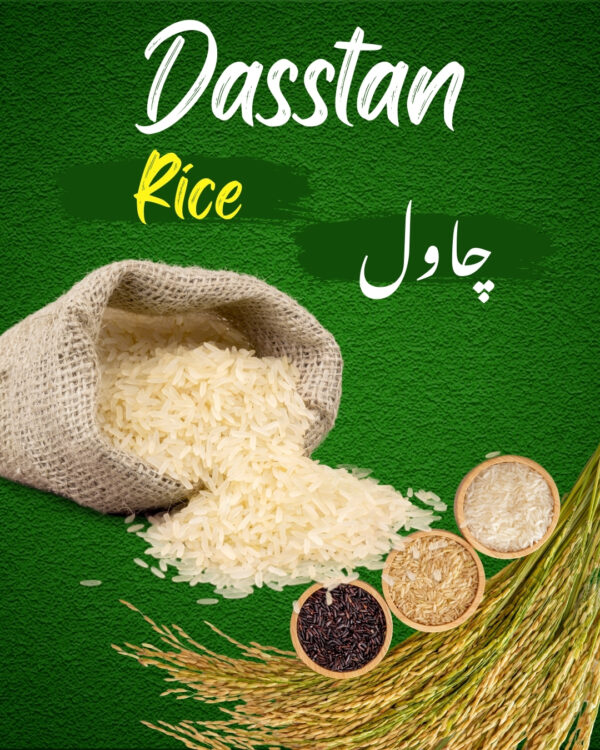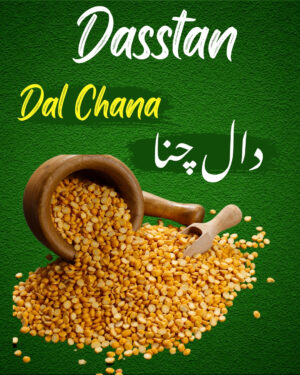Description
Rice: A Global Grain, A Culinary Staple – Everything You Need to Know
Rice, a small grain with an immense history, is a cornerstone of global cuisine and a vital source of sustenance for billions. From the fluffy white rice accompanying a stir-fry to the creamy risotto on an Italian table, its versatility is unmatched. This description delves into the various aspects of rice, covering its types, nutritional value, culinary uses, and more, optimized for search engines.
Understanding Rice Varieties:
Rice comes in a vast array of shapes, sizes, and textures, each suited for different culinary applications. Here’s a glimpse into some popular types:
- Long-Grain Rice: Characterized by its slender grains, it cooks up light and fluffy, remaining separate. Basmati and Jasmine rice are prominent examples, often used in Indian and Thai cuisines. #LongGrainRice #BasmatiRice #JasmineRice
- Medium-Grain Rice: Shorter and plumper than long-grain, it has a slightly sticky texture, making it ideal for paella and risotto
- Short-Grain Rice: Round and sticky, it’s the go-to choice for sushi and other Asian dishes where a cohesive texture is desired.
- Brown Rice: A whole grain with the bran and germ intact, it’s richer in fiber and nutrients than white rice. It has a nutty flavor and chewier texture.
- Wild Rice: Technically a grass seed, it has a distinctive nutty flavor and chewy texture, often used in pilafs and salads.
- Specialty Rice: Including black rice (rich in antioxidants) and red rice (with a nutty flavor), these varieties offer unique colors and nutritional benefits
Nutritional Powerhouse:
Rice provides essential carbohydrates for energy, along with varying levels of protein, fiber, and vitamins depending on the type. Brown rice, in particular, is a significant source of:
- Fiber: Promotes digestive health.
- B vitamins: Support energy production.
- Minerals: Including manganese, magnesium, and selenium.
- Antioxidants: Especially in pigmented varieties like black and red rice.
Culinary Versatility:
Rice’s neutral flavor makes it a perfect canvas for diverse culinary creations. It can be:
- Boiled or steamed: A simple and classic preparation.
- Fried: As in fried rice, a popular Asian dish.
- Used in pilafs and risottos: Creating flavorful and aromatic dishes.
- Ground into flour: For making noodles, pancakes, and other baked goods.
- Used in desserts: Rice pudding is a classic example.
Health Benefits and Considerations:
- Provides sustained energy.
- Gluten-free: Suitable for those with gluten sensitivities.
- Brown rice: Contributes to heart health and weight management.
- Portion control is important, as with any carbohydrate.
Tips for Cooking Perfect Rice:
- Rinse rice before cooking to remove excess starch.
- Use the correct water-to-rice ratio.
- Allow rice to rest after cooking for optimal texture.
- Invest in a rice cooker for perfect rice every time.








Reviews
There are no reviews yet.